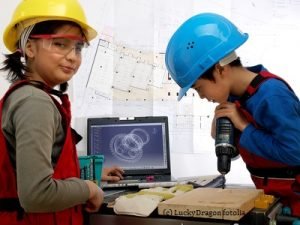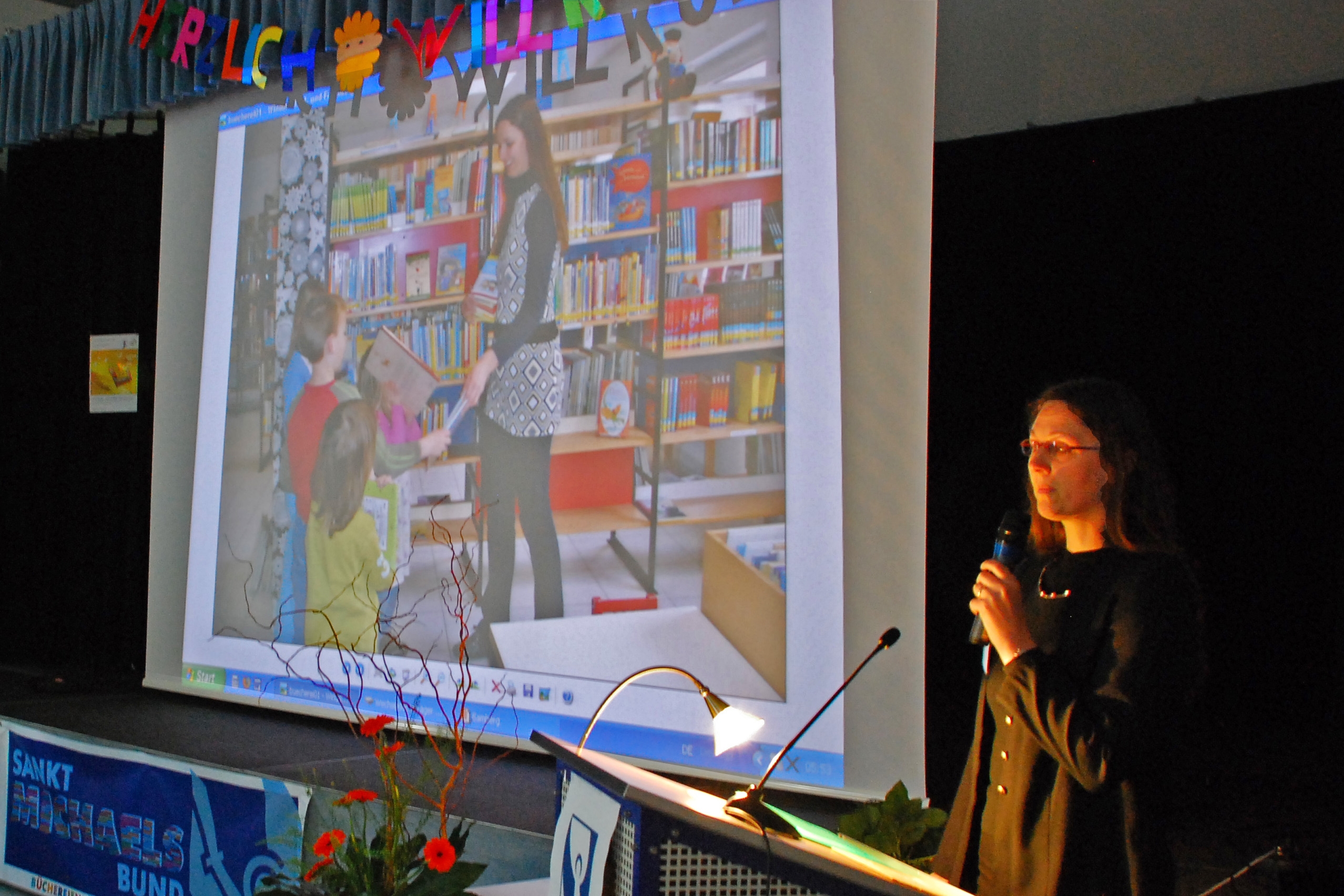| Author / inn / s: | |
| Publication: | 15.12.2008 |
| Learning Level: | 3 |
| Aims: |
|
| Desired knowledge: |
|
| Vocabulary: | Greenhouse effect, carbon dioxide, greenhouse gas, atmosphere |
| duration: | 1 hour |
| Material: | For each student:
|
| Origin: | La main à la pâte, Paris |
The initial question
The teacher makes a connection between this new lesson and the last one weeks activities carried out: "We have seen that the earth is currently warming up, and we have seen that this has numerous consequences for nature and human beings. We will try to fathom the phenomenon. Why in your opinion, the earth warms up?"
The teacher notes the students’ thoughts and then asks: "What do you think of when you say ‘greenhouse effect’?" Certain children already have from "greenhouse effect" heard, but their ideas are often confused. The pupils write the terms, thoughts, words that go through their minds in their test booklet. Then the teacher asks the children according to the words they wrote in the notebook and wrote them all down on a poster. The terms and words to be expected are, for example: "Greenhouse like in the garden", "Glasshouse", "Greenhouse for flowers / tomatoes", "Pull plants", "protect", "warmth", "humidity", "Glass", "danger", "pollution", "gas", "ozone layer", etc.

Fig. 1: Common poster (German version of a 4th class poster by Christelle Colombi in Meaux)

A student comes to the blackboard and arranges the words according to what he thinks mean something positive for nature and / or people and those that mean something negative.
Research work based on documents
The first text of Worksheet 14 is distributed to the students for individual reading. The work order is: "Show schematically what you have understood". The intention is to provide a simplified description of the mechanism that underlies the greenhouse effect.
Joint discussion, joint conclusion
After a quarter of an hour, a few students present their drawing on the board. Each drawing is discussed: "What did you represent Where is the earth Where’s the atmosphere?"
Gradually one forms "common" Illustration that looks like this:

Fig. 2: Schematic representation of the greenhouse effect
Scientific Notes
- The angles of the different arrows in the diagram above have no scientific significance, they are only intended to make reading the representation easier.
- The schematic representation is of course very simplified so that the elementary school students can concentrate on the essentials. The atmosphere "sends" (thanks to the greenhouse gases) some of the energy emitted by the earth returns to the earth, causing it to heat up. In the scientific background of this project there is a more accurate and complete description of the greenhouse effect.
Educational note
Maybe even after working with this worksheet some students confuse the greenhouse effect with the ozone hole problem. It would take a lot of time to explore the difference between the two phenomena with the class. Therefore, it is better if the teacher simply explains what it is about (see the section on the ozone hole in the scientific background) or if he lets the students do the research. If he wants to devote more time to this topic, he can leave the project "Living with the sun" get inspired. There the role of the ozone layer is dealt with experimentally.
Research work based on documents
The pupils are now dealing with the second text of worksheet 14 and list the positive and negative aspects of the greenhouse effect in their test books.
Pedagogical remarks [the translator]
The public discussion often does not make a clear distinction between the natural greenhouse effect and the intensification of this effect through human activities. As a result, the term "greenhouse effect" get a very negative meaning. It will therefore come as a surprise to many children that it is crucial for us to be able to live on earth at all. The natural greenhouse effect means that the atmosphere has an average temperature of + 14 ° C: Without it, the average temperature on Earth would be −19 ° C. The distinction between the natural greenhouse effect and its man-made reinforcement should therefore not be neglected in the class discussion.
It should also be avoided that the pupils get the impression that the so-called greenhouse gases are something bad or even dangerous – on the contrary: Plants need z. B. carbon dioxide in order to carry out photosynthesis at all and thus to be able to grow. It is therefore important to recognize that the real problem is the additional amount of greenhouse gases that humans produce.
Group meeting
The class deals with the different ideas of positive and negative effects of the greenhouse effect and comes back to the division made at the beginning of the lesson.
Conclusion and written minutes
Example of a common conclusion: The greenhouse effect is a natural phenomenon that gives us a tolerable mean temperature (14 ° C) on Earth. People intensify the greenhouse effect because their actions release greenhouse gases that cause the climate change that can be observed today.
Scientific Notes
- There are numerous greenhouse gases: carbon dioxide (CO2, is the chemically correct name "coalsmaterialdioxide") is the most important, it accounts for 53% of the man-made greenhouse effect. This is followed by methane (17%), nitrous oxide (N.2O, laughing gas), the halogenated hydrocarbons etc. Carbon dioxide is not the most potent greenhouse gas, but its concentration in the atmosphere is by far the highest.
- For the sake of simplicity, this lesson as well as in the entire module will only be used by "greenhouse Gas" or "carbon dioxide" be as if this gas was the only gas causing the greenhouse effect (in this context one speaks of CO2-Equivalent to).
Multimedia sequel – can be m.n.n. path
The interactive animation "The greenhouse effect" explains the mechanism of the greenhouse effect in a very illuminating, visual way. The animation can also be used to simulate the temperature rise depending on the greenhouse gas concentration.
RELATED ITEMS
-

Greenhouse effect and climate change in the
Carbon dioxide is also known as "greenhouse gas". Carbon dioxide, water vapor and tiny amounts of other gases protectively envelop the earth. This…
-

and recognize, test, promote, challenge, and above all gifted students as well as their possible problems through a gifted or special talent,…
-

Cooperation between kindergarten and primary school
Orientation area (jump marks) The education portal: School system School system Basics School types Elementary school Language level assessment Transition…
-

Children learn to read, so everyone can learn to read for themselves: easy stories to learn to read
Photo: Dr. Rudolf Härtel (Sankt Michaelsbund BA) The importance of learning to read The strengthening of reading skills for all children is important to me. Who good…
